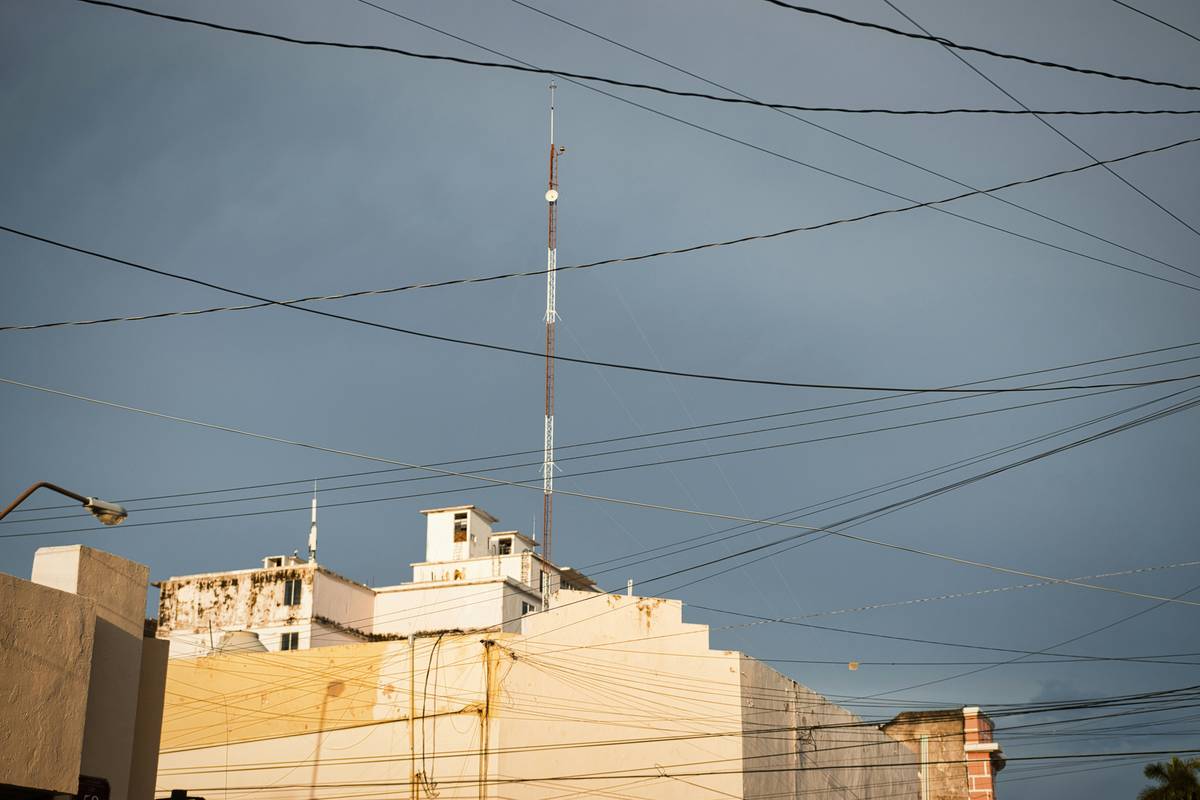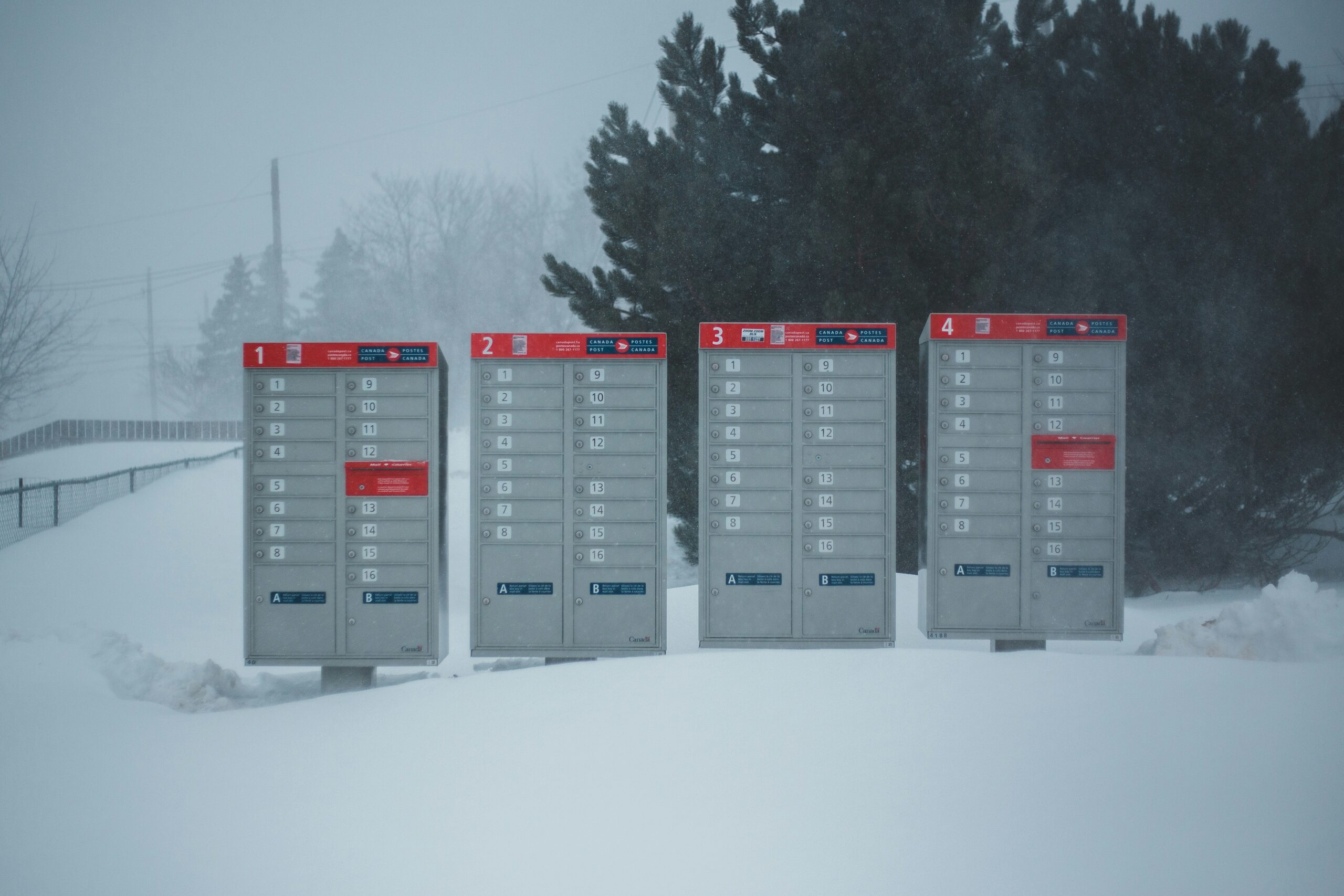Ever had a priceless family photo or an irreplaceable company report disappear into the digital ether because your storage solution failed? Yeah, me too. It’s enough to make you want to scream—or cry. That’s why in today’s blog post, we’re diving deep into the heart of cold storage reliability. You’ll learn what cold storage is, why it matters for data archiving, and how to ensure your files stay safe without breaking a sweat (or your budget).
Table of Contents
- Why Cold Storage Matters for Cybersecurity & Data Management
- Step-by-Step Guide: Choosing Reliable Cold Storage Solutions
- Best Practices for Maintaining Cold Storage Reliability
- Real-Life Examples of Cold Storage Done Right
- Frequently Asked Questions About Cold Storage Reliability
Key Takeaways
- Cold storage provides long-term, cost-effective data preservation but requires careful planning.
- Reliability depends on hardware quality, environmental conditions, and regular audits.
- Poorly managed cold storage can lead to corrupted data—so don’t neglect maintenance!
Why Cold Storage Matters for Cybersecurity & Data Management
Let’s face it—our world runs on data. From business records to medical histories, every byte counts. But here’s the thing: not all data needs instant access. For example, think about old tax returns, archived project files, or backup logs from five years ago. These aren’t mission-critical daily assets; they’re more like the “just in case” safety net. And that’s where cold storage comes in.
What Is Cold Storage? Simply put, it’s offline storage designed for infrequently accessed data. Unlike hot storage (think cloud drives or active servers), cold storage prioritizes durability over speed. This makes it perfect for compliance requirements, disaster recovery plans, or preserving legacy systems.

A Painful Lesson: I’ll admit it—I once trusted a cheap external HDD with my entire freelance portfolio. When the drive failed after three years, I lost gigs’ worth of work. That nightmare taught me the importance of investing in reliable cold storage solutions. Don’t be me. Do better.
Step-by-Step Guide: Choosing Reliable Cold Storage Solutions
“Optimist You:” *’There are so many options—this will be easy!’*
“Grumpy You:” *’Easy? Ugh, fine—but only if coffee’s involved.’*
Step 1: Define Your Needs
The first step is figuring out exactly what kind of data you need to store and for how long. Compliance rules might dictate retention periods. Are these sensitive records requiring extra encryption? Or just old vacation photos? Knowing this helps narrow down choices.
Step 2: Evaluate Hardware Options
Options include tape drives, hard disk drives (HDDs), solid-state drives (SSDs), and even optical discs like Blu-ray. Each has pros and cons. Tape drives are cost-efficient but slower, while SSDs offer faster retrieval but at higher costs.
Step 3: Check Environmental Controls
Sounds nerdy, right? Yet, temperature and humidity play huge roles in cold storage reliability. Most hardware performs best between 68°F–77°F and less than 50% humidity. Invest in climate-controlled rooms or cabinets if needed.
Step 4: Plan for Redundancy
No system is foolproof. Always back up critical archives across multiple formats or locations. This ensures survivability during disasters like floods or fires.
Best Practices for Maintaining Cold Storage Reliability
- Label Everything: Use clear labeling for physical media. Trust me—nothing screams “chaos” louder than a box labeled “Miscellaneous.”
- Regular Audits: Schedule annual checks to verify file integrity. Tools like checksums help detect corruption early.
- Avoid Terrible Tips: Contrary to some advice, DO NOT stack hundreds of tapes haphazardly. Ever. Seriously.

Real-Life Examples of Cold Storage Done Right
Consider Google’s use of magnetic tape libraries for their coldest data layers. Why? Because tapes last decades when stored properly and remain highly secure since they’re offline. Similarly, NASA uses cold storage to preserve space mission data—talk about future-proofing!

Frequently Asked Questions About Cold Storage Reliability
Q: How Long Can Cold Storage Last?
A: With proper care, certain types like Blu-ray discs or tapes can last 30+ years. However, lifespan varies by medium and environmental factors.
Q: Is Cloud Storage Better Than Physical Media?
A: Depends. While clouds provide easier accessibility, physical media often offers greater control and lower ongoing costs.
Q: What Happens If My Cold Storage Fails?
A: Redundancy saves the day. Always have duplicates stored separately. A little paranoia goes a long way!
Conclusion
When it comes to safeguarding your most precious data, don’t skimp on cold storage reliability. Remember: define your needs, choose robust hardware, maintain optimal conditions, and never skip those damn audits. Sure, it takes effort—but trust me, dodging data disasters is totally worth it.
And hey—just like a Tamagotchi, your digital life deserves daily care. 🌱 Stay safe out there!
In the words of Borat: “Very nice!” to anyone who made it this far. Now go secure those bytes.


